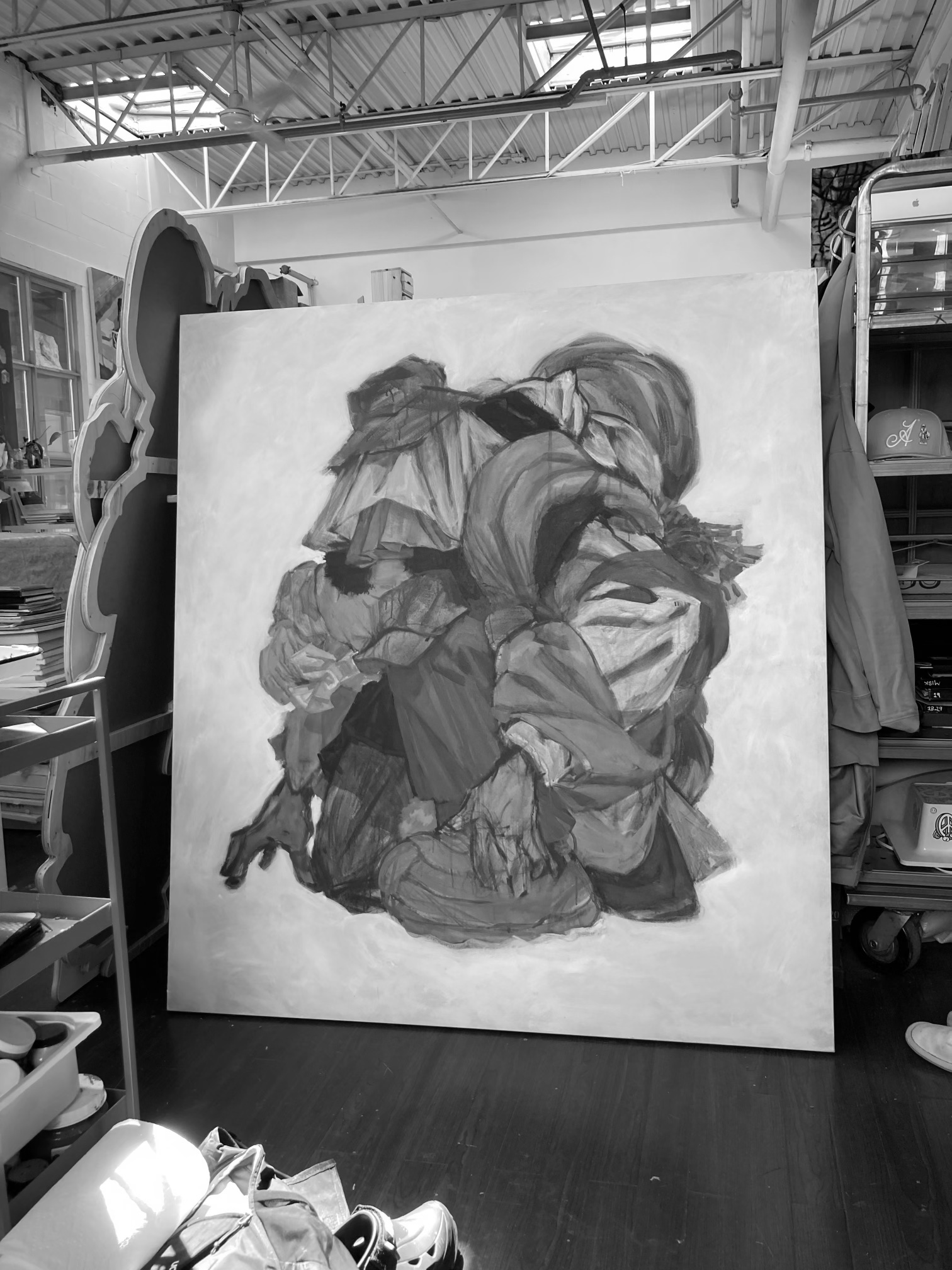As an art enthusiast, you understand the value and importance of your artwork.
Whether you have a treasured family heirloom, a valuable painting, or a delicate sculpture, ensuring its safe transport is of paramount importance. Shipping art can be a daunting task, but with proper planning and care, you can transport your valuable pieces safely and stress free. Below is a quick guide to help you figure out how to carefully pack and ship your art.
Your partner for fine art services. Request a quote now.
Contact
What Is The Medium Of Your Artwork?
Before you begin packing, it’s essential to understand a few things: its size, weight, and the medium, material, and the condition of the artwork. Is it a framed photograph, an oil on canvas or a three dimensional (3D) sculpture? Is anything protruding outward or is it a flat surface? Understanding what your art is made of will help you determine the appropriate packing supplies needed. Think about investing in high-quality packing materials, this simple call out can often lead to an oversight. Remember, it’s extremely crucial to ensure the safety of your artwork during transport and the right supplies will help preserve your artwork while in transit.
Choosing The Right Art Packing Supplies
Packing is a form of art. It’s a tedious task but when properly executed, it makes all the difference, especially if you plan to ship your art. There’s an array of packing supplies that can be purchased at a local art supply store to help with protecting your work of art. If you’re handling a canvas look into acid-free archival paper which should be your first layer of preservation. If you’re packing a glass frame a bit of plastic and a corrugated sheet will do the trick. We use single wall and double wall corrugated sheets to create a custom slipcased cardboard boxes. If the canvas is wet, it’s best to skip the archival paper and create a shadow box with the help of poly plastic wrapping over the surface area. Be careful when applying tape, it’s best practice to use just the right amount, you’re not wrapping a mummy after-all. Think about the person who will open the box, a courtesy tape flap goes a long way!
3D objects like sculptures can be tricky to pack especially if they’re heavy or awkwardly shaped. Generally we fabricate custom crates with foam lining for most if not all obscure objects. But if you’re pieces are small and easy to handle, you can go the simple route and use foam, bubble wrap and peanuts in a box. Don’t rush this process to avoid a potential damage to the object you’re packing. We recommend a solid wood or at least a slat crate when shipping domestic or abroad.
Select a Suitable Shipping Service
Selecting the appropriate shipping method is critical for the safety of your artwork. We rarely recommend carriers like FedEx/UPS/DHL or USPS but they offer budget friendly options that are hard to compete with. Their standard shipping options are great for low valued art and DIY shipping projects. The key to a damage free shipment with one of these carriers is in your packing methodology. A great solution is to fabricate a solid wood crate, this would be the path of least resistance but adds on to the over all shipping budget. If that’s not an option, consider double boxing your art and utilizing additional packing supplies such as foam, bubble wrap and peanuts. This can often mitigate the possibility of damages caused by the common carriers.
What About Insurance?
Have you thought about insurance? Why not? Accidents can happen during transport and the art logistics industry is not exempt. If you’re choice of shipping is with a common carrier like FedEx or UPS, it’s an absolute MUST to insure your art in transit. It’s essential to choose a shipping carrier that offers insurance coverage, and carefully review the terms and conditions of the insurance policy. In addition to insurance, make sure to create a condition report of your art. This can be a simple file with 10-15 photographs outlining any imperfections or lack there of. It’s an equally important part shipping art. Keep records of the artwork’s value, condition, and any special instructions for handling. This documentation will be useful in case of an insurance claim or dispute.
Professional Fine Art Shipper or Common Carrier?
What’s the difference between an art shipping company and a common carrier like FedEx or DHL? The answer is simple, fine art shipping companies hyperfocus on one task: ART SHIPPING. Art shippers offer customized shipping and handling solutions to the art world. If preservation of your highly valuable pieces is a priority, it’s a no brainer to connect with an art handling company for help. Though it may not be the most economical solution, it’s sure to be the safest. And you can expect a “white-glove service” when working with a fine art shipper.
Research different shipping carriers and compare their services, rates, and insurance options. Consider factors such as the distance, shipping mode, shipping speed, and value of your artwork when choosing a shipping method.

Does Your Art Require Climate Control?
Depending on the medium of art, climate control may be necessary to ensure its safe transport. For example, a wet canvas cannot withstand heat or humidity as the water-colors may melt away, a temperature-controlled environment is required to prevent damage caused fluctuations in temperature. Fine art shipping trucks are usually equipped to maintain climate-control on the trucks and at the storage facility. It’s an essential part of shipping fine art.
How To Hanlde Customs Formalities
It’s important to be aware of customs formalities when exporting or importing artwork. Filing documents to clear customs isn’t easy. That’s why customs brokers are an integral part of the industry and help us navigate the murky waters of international regulations. Be prepared to provide a commercial invoice outlining the origin, destination, object, dimensions, value and harmonized system code (HS). This will enable a customs broker in any country to clear your shipment and allow it’s entry into the designated country. Just keep in mind that laws and import/export regulations differ in each country to which you’re looking to ship.
So, now that you have a bit of insight about shipping art it’s up to you to decide if it’s better to DIY or hire a fine art shipping company.
If you have any questions or would to work with us on your next shipment, Contact us here.
